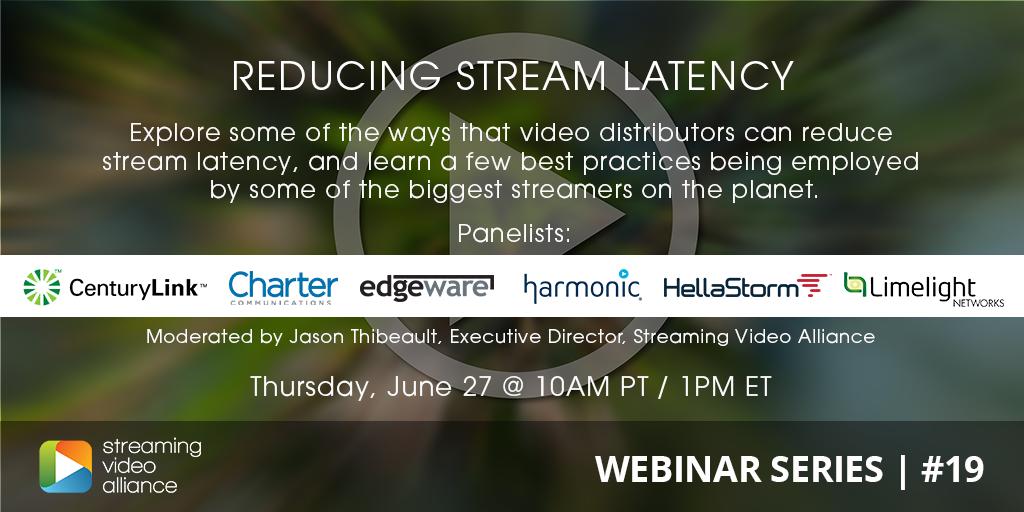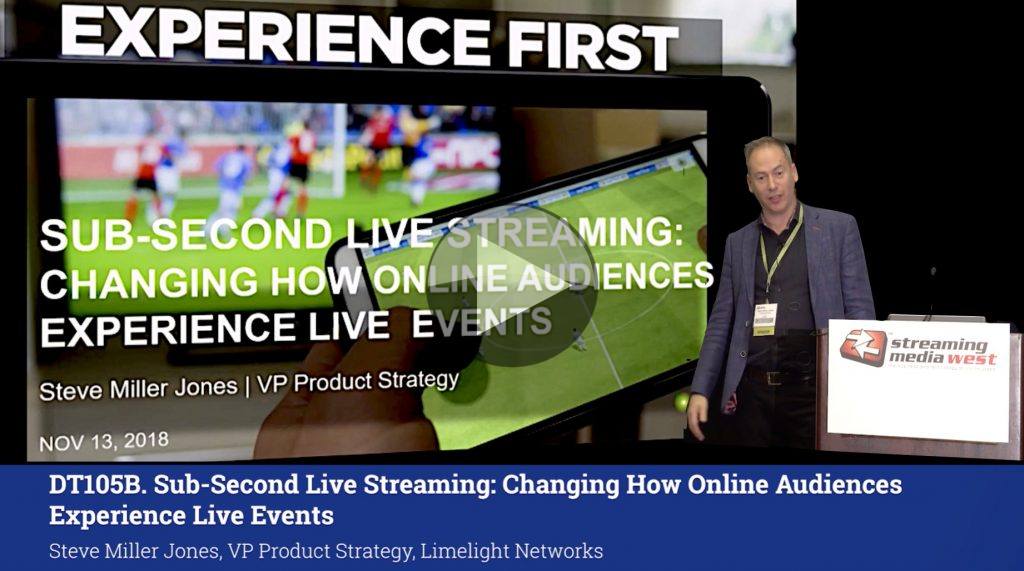
There are few people who should build their own CDN, contends Steve Miller-Jones from Limelight Networks. If you want to send a parcel, you use a parcel delivery service. So if you want to stream video, use a content delivery network tuned for video. This video looks at the benefits of using CDNs.
John Porterfield welcomes Steve to YouTube channel JP’sChalkTalks and starting with a basic outline of CDNs. Steve explains that the aim of the CDN is to re-deliver the same content as many times as possible by itself without having to go back to a central store, or even back to the publisher to get the video chunk that’s been requested. If your player is a few seconds behind someone else’s who lives in the same geography, then the CDN should be able to deliver you those same chunks almost instantly from somewhere geographically close to you.
Steve explains that in the Limelight State of Online Video 2020 Annual Report rebuffering remains the main frustration with streaming services and, remaining at approx 44% for the last 3 years when taken as a global average. Contrary to popular belief, the older generation is more tolerant of rebuffering than younger viewers.
As well as maintaining a steady feed, low-latency is remaining important. Limelight is able to deliver CMAF down to around a 3-second latency or WebRTC with sub-second latency. To go along with this sub-second video streaming, Limelight also offer sub-second data sharing between players which Steve explains is a important feature allowing services to develop interactivity, quizzes, community engagement and many other business cases.
Lastly Steve outlines the importance of Edge computing as a future growth area for CDNs. The first iteration of cloud computing was a success by taking computing into central locations and away from individual businesses. This worked well for many for financial reasons, because it freed organisations up from managing some aspects of their own infrastructure and enabled scaling of services. However, the logic of what happened next was always done in this one central place. If you’re in Australia and the cloud location is in the EU, then that’s a long wait until you get the result of the decision that needs to be made. Edge computing allows small parts of logic to live in the closest part of a CDN to you. This could well mean that the majority of a service’s infrastructure is in the US, but some of the CDN be it CloudFront, Limelight or another will be in Australia itself meaning pushing as much of your services as you can to the edge will result in significant improvements in speed/latency reduction.
Watch now!
Speakers
 |
Steve Miller-Jones VP Strategy & Industry, Limelight Networks |
 |
John Porterfield Technology Evangelist, JP’sChalkTalks YouTube Channel |















